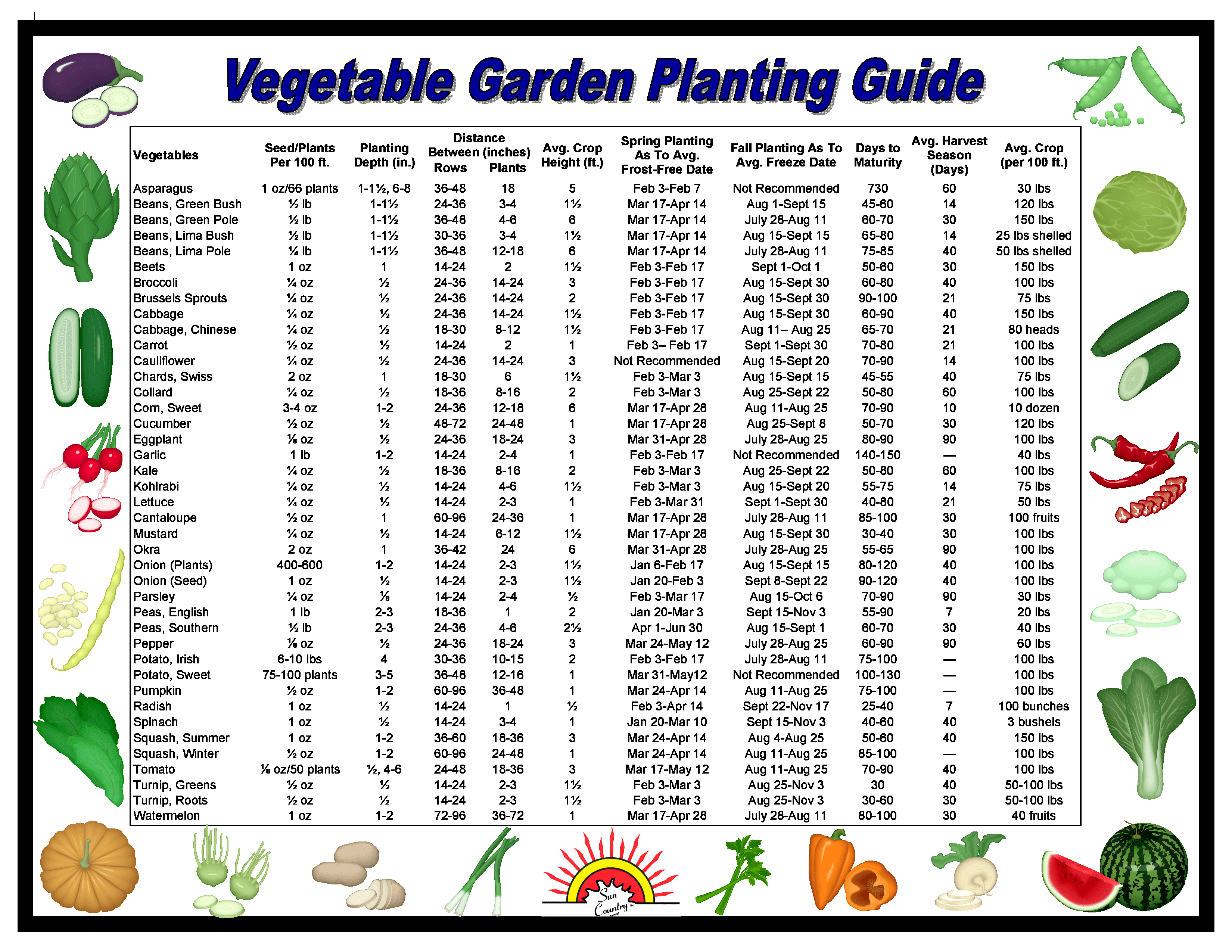Imagine crisp autumn air, vibrant foliage, and the satisfying crunch of fresh vegetables harvested from your own backyard. This dream can become a reality with a flourishing fall garden in East Texas. But timing is everything. Knowing precisely when to plant is crucial for maximizing your yield and enjoying the fruits (and vegetables) of your labor. This comprehensive guide will equip you with the knowledge you need to create a successful fall garden in the unique climate of East Texas.
Planting a fall garden in East Texas isn't just about throwing seeds in the ground and hoping for the best. It requires understanding the region's specific climate conditions, including first and last frost dates, average temperatures, and rainfall patterns. The East Texas climate, characterized by hot summers and mild winters, presents a unique opportunity for extended growing seasons. By strategically planning your fall planting schedule, you can harness this advantage to cultivate a wide variety of cool-season crops.
Historically, fall gardening in East Texas has been a tradition passed down through generations. Families relied on these late-season harvests to supplement their food stores throughout the winter months. This connection to the land and the practical need for sustenance underscore the importance of fall gardening in the region's heritage. Today, while grocery stores provide year-round access to produce, fall gardening remains a popular practice, driven by a desire for fresh, homegrown vegetables, a connection to nature, and the satisfaction of nurturing a thriving garden.
One of the main issues related to East Texas fall gardening is the variability in weather patterns. Unexpected late heat waves or early frosts can pose challenges. Careful monitoring of weather forecasts and employing protective measures like row covers can help mitigate these risks. Understanding the specific needs of your chosen crops, including their ideal temperature ranges and frost tolerance, is also essential for success. Properly timing your planting to avoid both extreme heat and frost is key to a bountiful harvest.
So, when exactly should you plant your fall garden in East Texas? The answer isn't a single date, but rather a range of dates depending on the specific vegetable. As a general guideline, cool-season crops like lettuce, spinach, and kale can be sown directly into the ground in late summer, typically from August to September. For vegetables that require a longer growing season, like broccoli, cauliflower, and cabbage, starting seeds indoors 6-8 weeks before the last expected frost is recommended. This usually falls between July and August in East Texas. Transplanting these seedlings into the garden once they have developed a few true leaves will give them a head start.
Three key benefits of fall gardening in East Texas include: 1. Extended Growing Season: The mild winters allow for a longer harvest period compared to colder climates. 2. Fewer Pests and Diseases: Cooler temperatures often reduce the prevalence of common garden pests and diseases. 3. Improved Flavor: Many cool-season crops develop sweeter and more robust flavors in the milder fall weather.
Advantages and Disadvantages of Fall Gardening in East Texas
| Advantages | Disadvantages |
|---|---|
| Extended Growing Season | Unpredictable Weather |
| Fewer Pests | Potential for Early Frost |
| Improved Flavor | Shorter Daylight Hours |
Five best practices for fall gardening in East Texas: 1. Soil Preparation: Amend the soil with compost or other organic matter. 2. Watering: Water deeply and consistently, especially during dry periods. 3. Fertilizing: Use a balanced fertilizer to promote healthy growth. 4. Pest Control: Monitor for pests and take appropriate action. 5. Frost Protection: Use row covers or other protective measures to shield plants from early frosts.
Frequently Asked Questions:
1. When should I plant lettuce in East Texas for a fall harvest? (Answer: Late August to September)
2. What are some good fall crops for East Texas? (Answer: Lettuce, spinach, kale, broccoli, cauliflower)
3. How do I protect my fall garden from frost? (Answer: Use row covers or cloches.)
4. When should I start seeds indoors for fall vegetables? (Answer: 6-8 weeks before the last expected frost.)
5. What are the benefits of fall gardening in East Texas? (Answer: Extended growing season, fewer pests, improved flavor.)
6. How often should I water my fall garden? (Answer: Deeply and consistently, especially during dry periods.)
7. What kind of fertilizer should I use for my fall garden? (Answer: A balanced fertilizer.)
8. What are some common pests in East Texas fall gardens? (Answer: Aphids, caterpillars, slugs.)
Tips and tricks: Use succession planting to ensure a continuous harvest. Plant cold-hardy varieties for late-season harvests. Mulch around plants to conserve moisture and suppress weeds.
Embracing the rhythm of the seasons and establishing a thriving fall garden in East Texas is a rewarding endeavor. By understanding the unique climate conditions and employing the strategies outlined in this guide, you can maximize your harvest and enjoy the bounty of fresh, homegrown vegetables throughout the fall and into the winter. From the careful planning and preparation to the joy of harvesting your own produce, fall gardening offers a tangible connection to nature and a sense of accomplishment. So, grab your gardening tools, prepare your soil, and get ready to experience the magic of fall gardening in East Texas. The crisp air, the vibrant colors, and the taste of fresh vegetables are waiting for you. Start planning your fall garden today!
What Plants Thrive In Zone 9A at Cynthia Stephens blog - Trees By Bike
House Front Plants Ideas at Frances Legendre blog - Trees By Bike
When to Plant a Fall Garden in Texas for Best Growth - Trees By Bike
when to plant a fall garden in east texas - Trees By Bike
When To Plant Coneflowers In Zone 8B at Brandon Kelly blog - Trees By Bike
North Texas Garden Calendar - Trees By Bike
When To Plant Fall Garden In Alabama at Adrienne Kaiser blog - Trees By Bike
Central Texas Planting Calendar - Trees By Bike







